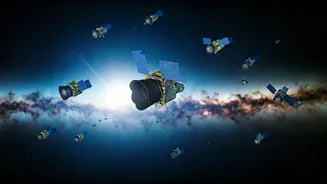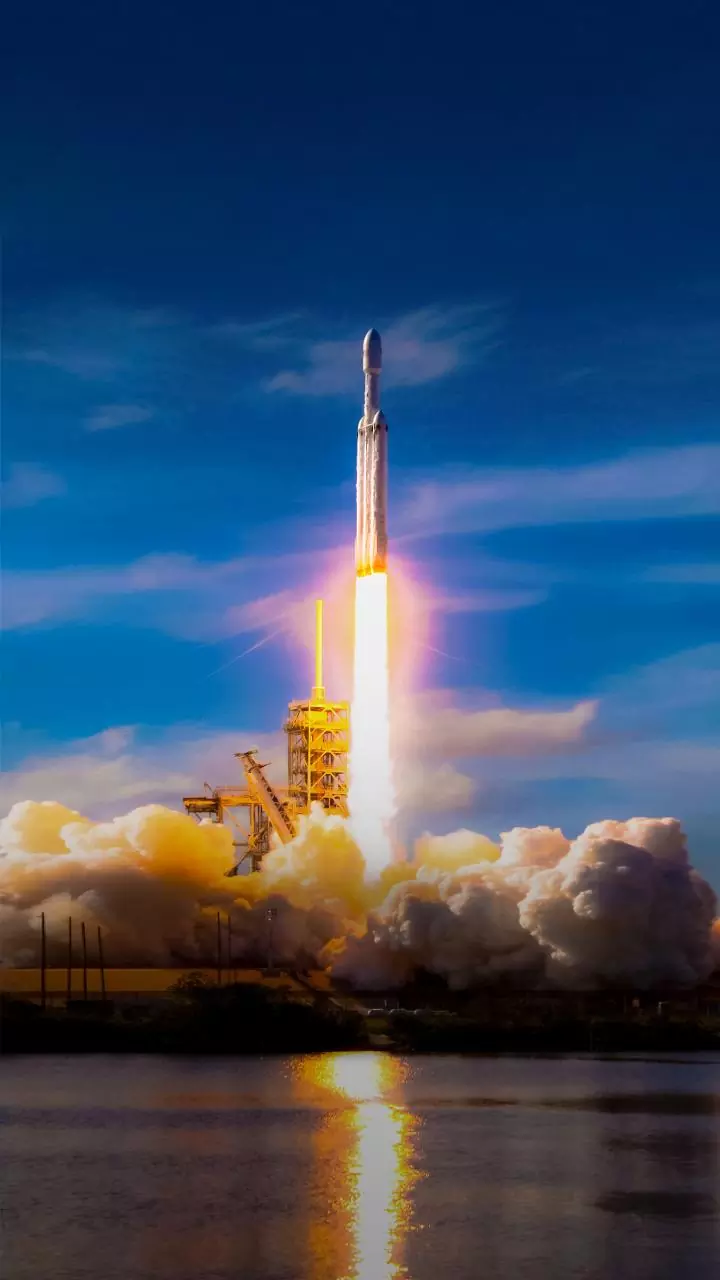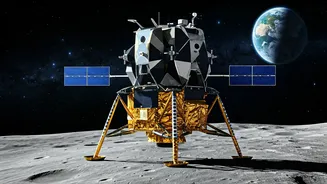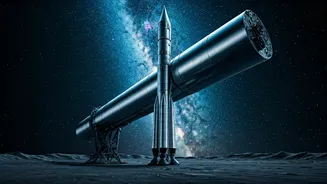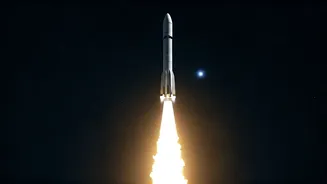SatBat's Debut in Orbit
ESI Motion's introduction of “SatBat” marks a significant leap in space-based power systems. This newly launched battery set is engineered for use in Low
Earth Orbit (LEO), which is the region of space surrounding Earth, with a focus on delivering high-performance energy solutions. The design of SatBat is aimed at meeting the demanding requirements of space applications, encompassing factors like extreme temperatures, radiation exposure, and the need for reliability. The goal is to provide a power source that is both efficient and robust to ensure the smooth operation of various space missions and technologies. This advancement has the potential to influence the design and functionality of satellites and space-based infrastructure in orbit, helping to facilitate more ambitious space exploration endeavors and commercial activities.
CSF's Growing Network
The Commercial Space Federation (CSF) welcomed new members to its ranks, signaling growth and broader industry participation. The CSF serves as a platform that brings together companies and organizations involved in the commercial space sector. This expansion reflects an increasing trend in the private sector’s role in space exploration, technology development, and related services. The federation’s role often involves advocating for policies that support commercial space activities, providing a network for industry collaboration, and promoting innovation. With the addition of new members, CSF strengthens its influence and capacity to address the challenges and opportunities in the commercial space arena. This also highlights a shared commitment among varied stakeholders to promote sustainable and responsible development of space resources, technologies, and applications.
Space Sector Cooperation
SpaceNews and Johns Hopkins University (JHU) organized an event that brought together leaders from the space sector. The goal of this gathering was to discuss collaboration between the commercial and government sectors. Such discussions were important as space exploration and technology evolve, creating a collaborative approach to challenges, and taking advantage of complementary strengths. This event allowed for the exchange of ideas, building relationships, and promoting mutual understanding. The aim of these collaborations is to accelerate innovation, enhance efficiency, and reduce costs in space activities. Discussions generally revolve around topics like sharing of research data, coordinating mission efforts, and defining regulatory frameworks. These cooperative ventures are becoming critical to the advancement of space exploration and its practical applications.



